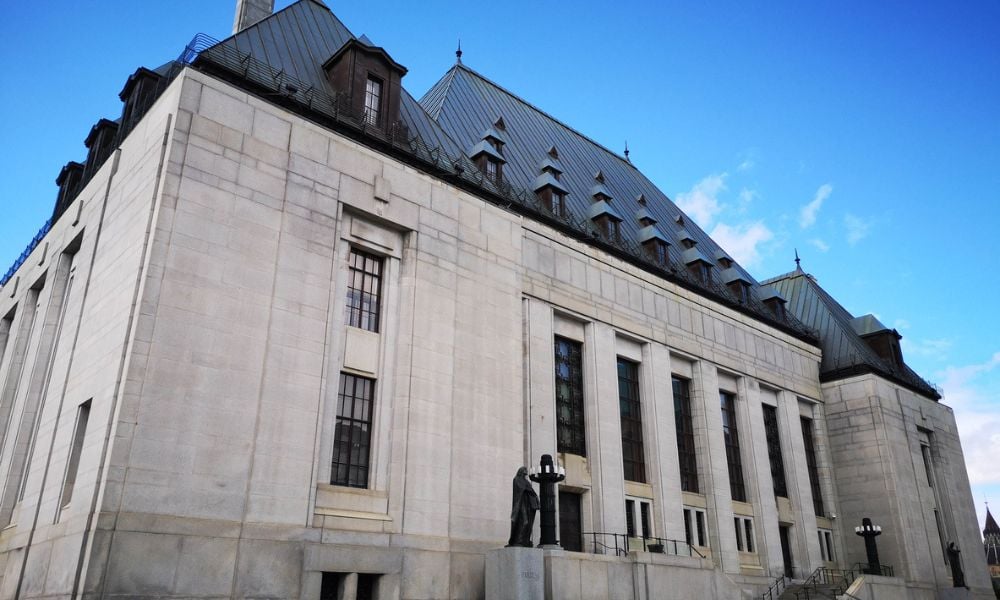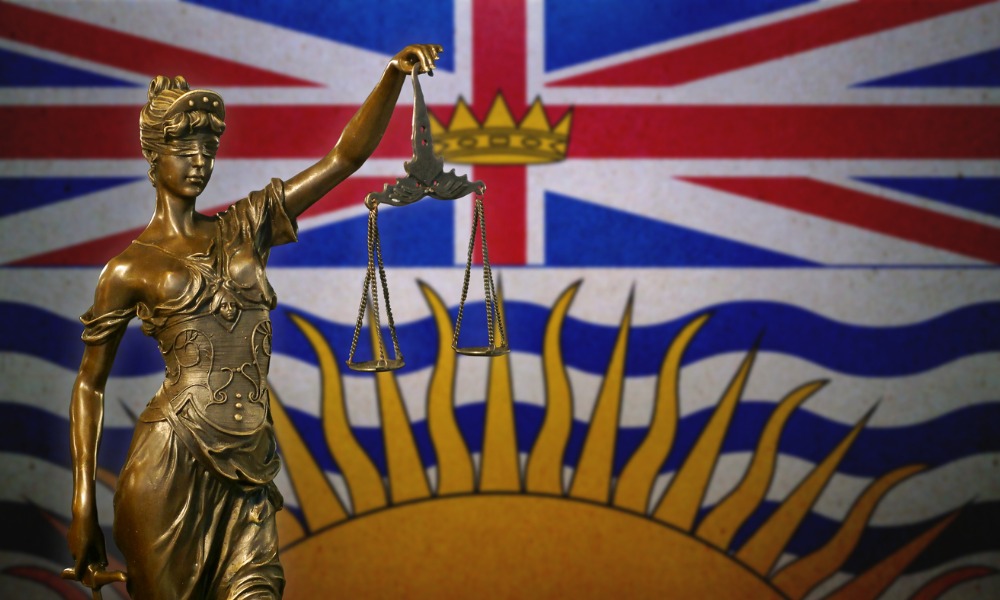The provincial government has unveiled a new bail policy for Ontario’s Crown attorneys in the hopes of making the process fairer and more efficient.

The provincial government has unveiled a new bail policy for Ontario’s Crown attorneys in the hopes of making the process fairer and more efficient.
The new directive will come into effect on Nov. 14 and is part of a larger initiative the province launched to cut back on court delays. The issue has gained increased urgency since the Supreme Court of Canada imposed strict new deadlines on the length of criminal cases in its 2016 decision in R. v. Jordan.
The new policy instructs Crowns to consider the least restrictive bail conditions that meet any concerns about releasing the accused and to only seek a surety if every lesser form of release has been considered.
Under the new policy, Crowns have to recognize the situation of accused people who are racialized, homeless, poor or suffering from mental illness or addiction. It also tells Crowns they must consider the circumstances of indigenous accused people, including the remoteness of their community and the barriers this can cause.
“In these circumstances, seeking detention of an indigenous accused should remain an exceptional measure unless the release of the accused would jeopardize the safety and security of the victim or public,” the new policy said.
In the old policy, Crowns were instructed to balance the protection of the community, the reputation of the administration of justice, the liberty interests of the accused person and society’s interest in ensuring they attend court. Protecting the public was listed as the primary concern of the policy.
Attorney General Yasir Naqvi said there is a substantive difference in the approach of the new policy. He said the old one focuses on risk aversion as opposed to what the Criminal Code says about the presumption of the innocence and releasing accused people with the least restrictive conditions when they do not pose a risk to the public.
“We have worked hard with our bail experts to rewrite a bail directive that sincerely captures what the law is,” Naqvi told reporters at the University of Toronto law school Monday.
Naqvi said that the new policy will look to tackle barriers racialized people and low-risk vulnerable people face in being granted bail.
In December 2016, the provincial government enlisted the help of former chief justice Brian Lennox, former deputy attorney general Murray Segal and deputy Crown attorney Lori Montague to develop the new bail guidelines.
While the trio was conducting its review this summer, the Supreme Court issued a decision in R. v. Antic, which clarified the correct approach to bail and called for bail provisions to be applied more consistently and fairly.
Naqvi said the Antic decision affirmed what the province was already working toward at the time.
“For me, Antic was a validation in the direction that we as a province needed to go,” he said.










